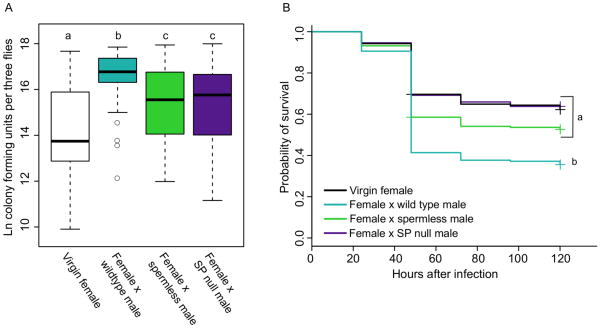Figure 4. The effect of sperm and sex peptide transfer on post-mating female immune defense.
CS females were assigned to one of four mating treatments: virgin (V), mated to CS males (MCS), mated to spermless males (MSL) or mated to sex peptide null males (MSP). In both experiments, females from all mating treatments were infected with P. rettgeri. (A) Bacterial load was assayed in females from all mating treatments 24 hours after infection and Tukey’s test was used to make the following comparisons: V vs. MCS, p < 0.0001; V vs. MSL, p = 0.0027; V vs. MSP, p =0.0097; MCS vs. MSL, p = 0.0225; MCS vs. MSP, p = 0.0136; MSL vs. MSP males, p = 0.993. Each data point is a pool of three flies, and the number of data points for each treatment are as follows: nvirgin = 45, n×CSmale = 40, n×spermless = 42, n×SPnullmale=37. Samples were collected over five replicate experiments, and flies given a sterile wound always yielded zero colonies (data not shown). (B) Survival was assayed for all mating treatments, and Cox regression analysis was used to determine the effect of mating treatment on survival. Independent contrasts were performed within the regression analysis, and the Bonferroni corrected p-value for the six pairwise comparisons is 0.0083. V vs. MCS, p < 0.0001; V vs. MSL, p = 0.0844, V vs. MSP, p = 0.86; MCS vs. MSL, p = 0.007; MCS vs. MSP, p < 0.0001; MSL vs. MSP, p = 0.13. Sample sizes: nvirgin = 191, nxCSmale = 191, nxspermless = 205, nxSPnullmale=175. Each data point represents a single fly and samples were collected over five replicate experiments. Flies given a sterile wound had 0% mortality.

